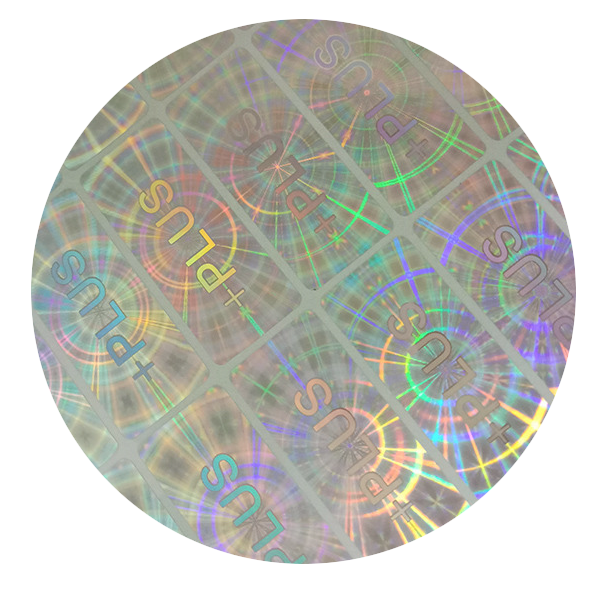‘Dialogues with the Seen’, Andreas Kühne [abridged]
Thoughts on the exhibition, ‘On Joy and Disappointment’ by Angela Stauber and Micha Eden Erdész at the Kunstverein Ottobrunn, 2021
Saxa loquuntur – the stones speak – is a Latin phrase, the origin of which lies in the dark recesses of history. It can also be found in the Lucas Gospel (19, 40), but there – in the German translation by Martin Luther – the stones ‘scream’. In the recent works of Angela Stauber and Micha Eden Erdész it is not so much the stones that ‘speak’ because of their materiality, rather it is the structures or buildings formed from them – and other materials – that are seen individually and shaped and interpreted through other artistic means. In fact, Aedificia loquuntur could be a motto for their exhibition in Ottobrunn.
Both artists project their visual impressions onto the surface via their own methods and intentions, and invite us, the viewers, to participate in the process of transformation and be inspired by their interpretations. ‘Buildings’ always reflect social and therefore cultural conditions. This is the case with even the oldest surviving testaments and fragments. However, the visual experiences selected and distilled by both artists do not relate to historical buildings or urban landscapes. Their aim is not to document and preserve through their works, but rather to question and reflect on their perception of the architecture both natural and built. For both artists, ‘the strange in the everyday’ is the subject of their painted, drawn, photographed and staged works. Or, as Duane Hanson once put it, ‘just that fixed moment.’ Their objects, buildings and urban landscapes apparently do not seem to participate in a symbolic dimension, albeit a very a mediated one.
On closer inspection, the question arises as to why their works speak to us and what they tell us, and indeed whether they tell us anything at all. Born in Toronto in 1975, Micha Eden Erdész, an Intermedia artist who studied architecture and philosophy, edifies his artistic strategy with the help of the large photographic tableau, ‘The Happy Games’, that recreates, using his own materials and methods, the ‘Olympic tent roof’ of the stadium in Munich that was designed and created by Günter Behnisch and Frei Otto (1972). During a visit to the Bavarian state capital, he photographed and filmed this incunable of modern architecture and later adapted it and made it alien. Projected onto a Lycra fabric background, individual acrylic glass elements of the roof structure shine in the dazzling sunlight, raindrops fall onto the roof, the pylons cast shadows and the vertical lines of Olympic rings – added in later – structure the tableau. Despite its size, the picture does not appear monumental, but understated, almost intimate – as a representation of a perceived, captured and reflected moment that cannot be repeated. Erdész, an artist of Canadian origin, also links the 1972 Summer Olympics with a tragic event: the attack by Palestinian terrorists on Israeli athletes. Members of the Canadian water polo team – naive and unaware of what they were getting into – had helped the terrorists to scale the fence that enclosed the Olympic village. Some of the Canadian athletes, completely shocked and taken aback by the acts of terrorism that followed, felt they had been complicit and left the games. Erdész’s tableau is infused with this story, so to speak, but he does not bring it to the surface. The artist said he did not want to create a ‘memorial’ but attempted to deal with the quandary by aesthetic means.
